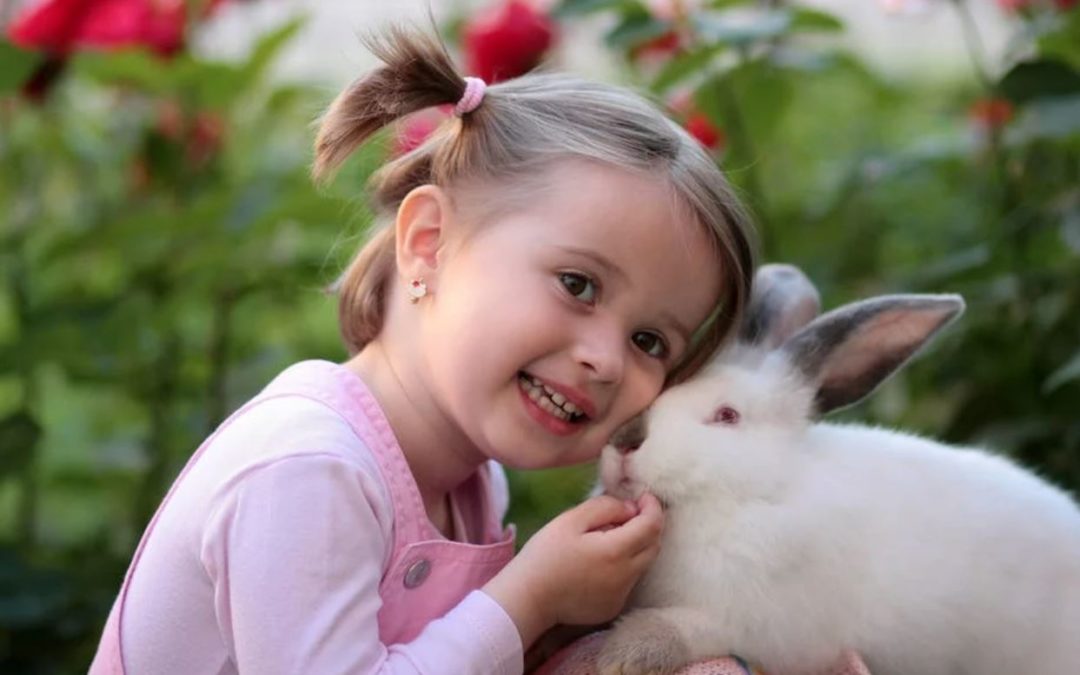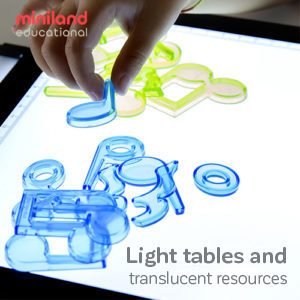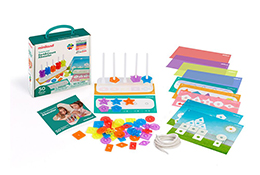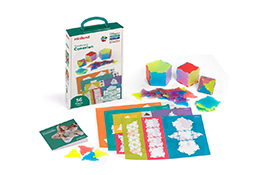There are two parts to dealing with this type of situation effectively. First, you need to become adept at managing the child’s distress in the immediate moment. Second, you should have a long-term strategy in place to develop their emotional resilience and ability to self-regulate
In the moment of emotional distress
When faced with a child in meltdown, these key approaches may help you turn the tide:
- Model calm
Use the fact that emotions are contagious to your advantage: respond to the child by remaining calm. Any observing children will have the opportunity to model how you respond to their distressed peer, and also be less likely to panic themselves.
- Validate their experience
Patience is key. Listen attentively and repeat what they’ve said in a slow, quiet voice. This will help them feel seen, heard, and safe. Accepting how they feel, instead of attempting to solve their problem through logic, is key at this stage.

- Remove unnecessary distraction
The distressed child is overwhelmed. Help them come to center by limiting their auditory, visual, and other sensory input. A designated “Quiet Corner” in your classroom can be useful for this.
- Gently reintegrate
The flood of distress will naturally subside. This is a good time to initiate an activity that puts distance between the child and the moment. A calming and familiar class activity, like storytelling or coloring in, can help the child move forward emotionally and reintegrate into the group.
Sustainably developing a child’s emotional intelligence
Children are naturally less adept at self-regulation. There are, however, some useful things you can do to support their growing ability to manage their emotions. Familiarize your class with these types of activities through integrating it as part of your regular routine. This means you can default to them in times of distress, and also empower the children to practice when they need to self-soothe in your absence.
- Physical activity
Certain types of physical activity, such as rhythmic and repetitive motion, can be calming. Initiate playful group activities that involve gentle swinging or swaying to reintegrate a recently distressed child into the group dynamic of the classroom. A repertoire of drama games could do the trick!
- Mindfulness exercises
Mindfulness grows self-awareness and group cohesion. If you’re new to mindfulness practice yourself, specialty learning aids such as Mindful Kids can help you facilitate play-based activities that develop this skill-set. These activities include deep breathing, relaxation and visualization exercises, and simple yoga routines.

- Structured play using educational toys
The very young have a limited ability to express their feelings in words, or to self-reflect. In combination with the series of activities suggested above, you may need to facilitate their process more directly through particular learning aids. Educational toys for kids, such as Miniland’s BBQ Emotions game, can be the perfect way to facilitate their learning.
This particular game deals with emotions as if they are ingredients, with which you make the perfect kebab. Making different “recipes” with your class, while describing how and why each “ingredient” may arise, can spark discussions on a range of related activities such as self-soothing — providing the perfect segue into learning opportunities that grow their emotional intelligence even further.
For more information on Miniland’s products, have a look at our catalog of specialist educational toys and learning aids.




